Marks & Spencer has slumped to its first loss as a listed business after the coronavirus crisis hammered sales in its clothing division.
The high street bellwether suffered a pre-tax loss of £88m during the 26 weeks to September 26, compared with a £159m profit a year ago.
The statutory loss included £70m in adjusting items, £10m of which were costs incurred as a result of the Covid-19 crisis, such as staff bonuses and wages for employees on furlough. The retailer did, however, receive £98m from the government’s furlough scheme and £84m in business rates relief, offsetting some of the additional costs.
Before adjusting items, M&S registered an operating profit of £62m, down 77% year on year. Total revenues dropped 16% to £4bn.
Slower sales in its clothing and home division drove the group-wide decline. Revenues tumbled 41% during the six-month period, despite a 34% uptick in online sales.
It meant M&S’ clothing and home business booked an operating loss before adjusting items of £108m.
Marks & Spencer has gone from turnaround plan to turnaround plan since the turn of the millennium, but time is starting to run out. As Britain’s favourite retailer loses relevance to today’s shoppers, Retail Week asks: can M&S be saved?
M&S said performance was “improving” following the end of the first lockdown – clothing and home sales were down 21% in its second quarter compared with a 62% slump in the first three months of its financial year.
The retailer said there were “signs that new range structures can drive sales” and insisted there would be “a recovery in demand for occasion and formalwear as events return”.
By contrast, M&S’ food business recorded a 2.7% increase in like-for-like sales, or 6.6% when excluding its cafes, which were shut during lockdown.
Operating profit before adjusting items grew 19% in its food business as a result.
M&S hailed a “strong initial return on investment” from its joint venture with Ocado Retail.
The retailer said it contributed an adjusted profit before tax of £39m during the first half, driven by higher than normal basket sizes.
M&S warned that “significant uncertainty” remains and said trading in the first four weeks of its second half had followed a similar pattern to the first, with food sales up 3% and clothing and home falling 22%.
Chief executive Steve Rowe said: “In a year when it has become impossible to forecast with any degree of accuracy, our performance has been much more robust than at first seemed possible. This reflects the resilience of our business and the incredible efforts of my M&S colleagues who have been quite simply outstanding.
“But out of adversity comes opportunity and, through our Never the Same Again programme, we have brought forward three years of change in one to become a leaner, faster and more digital business.
“From launching M&S Food online with Ocado to establishing an integrated online business division ‘MS2’ to step-change growth, we are taking the right actions to come through the crisis stronger and set up to win in the new world.”

















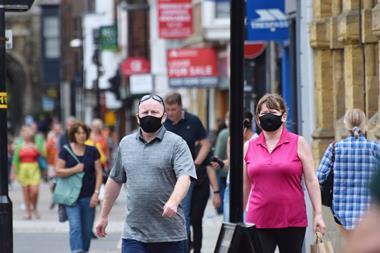

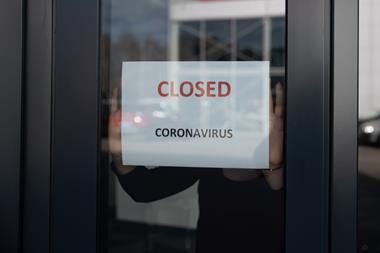
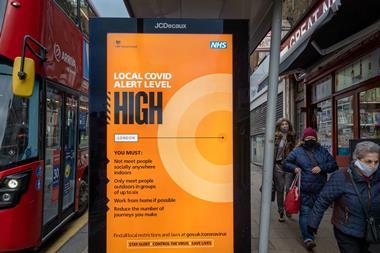
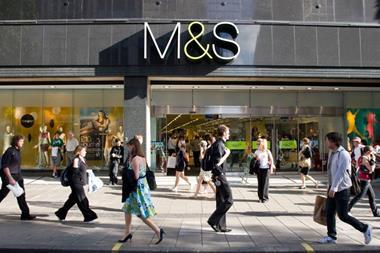
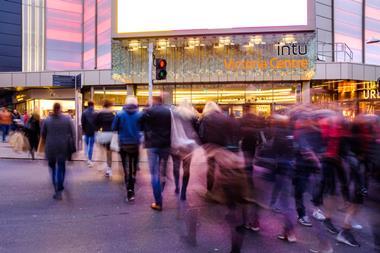
1 Reader's comment